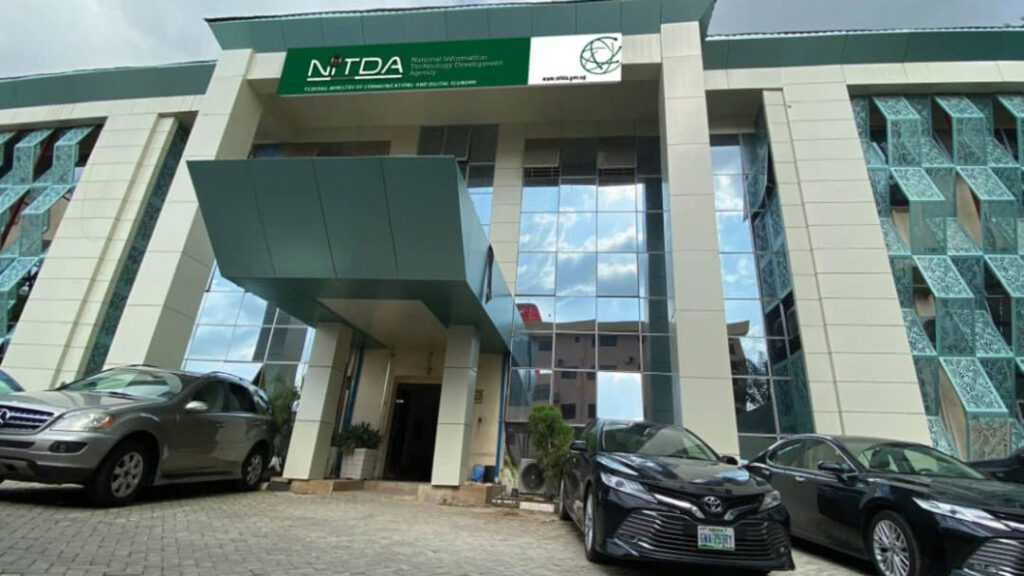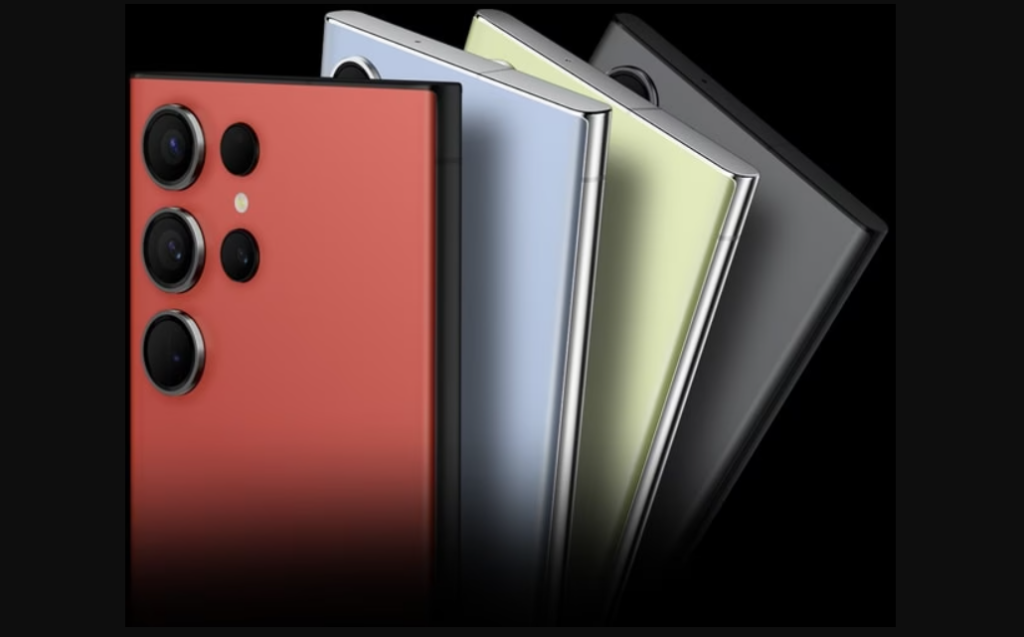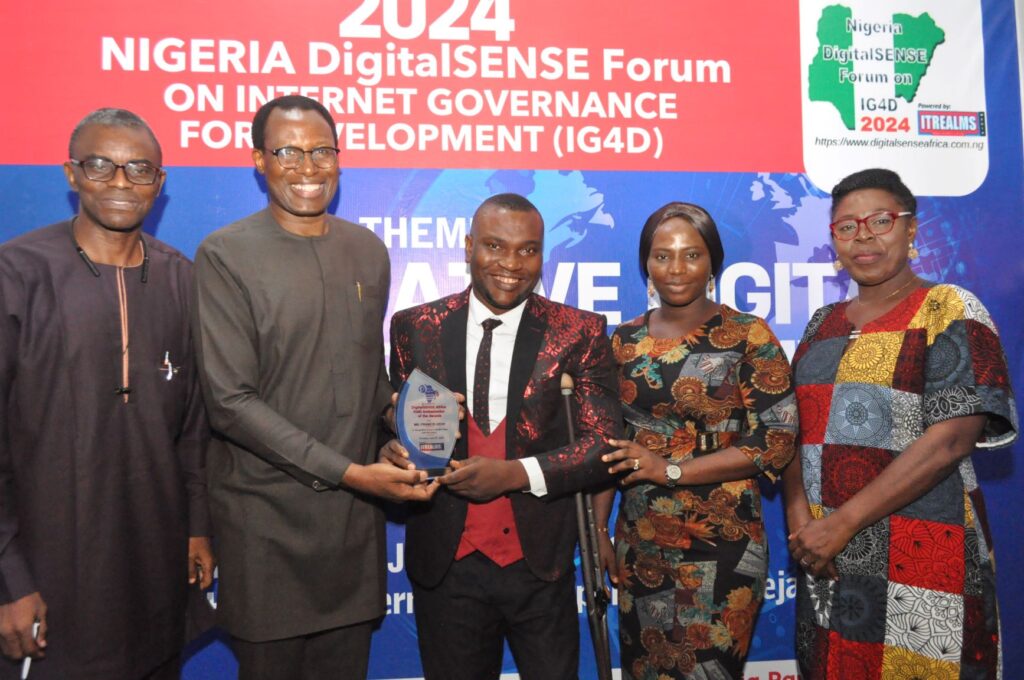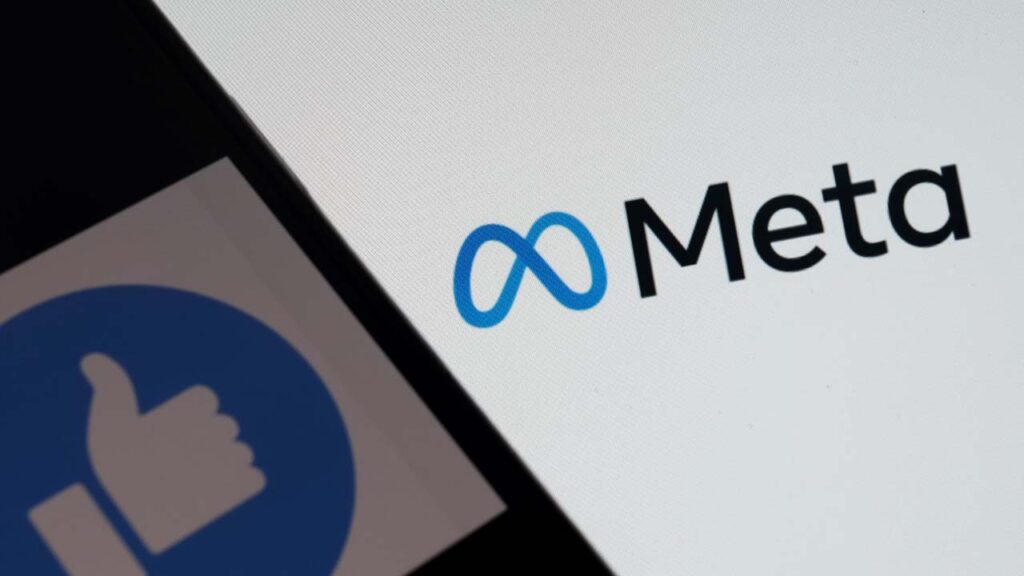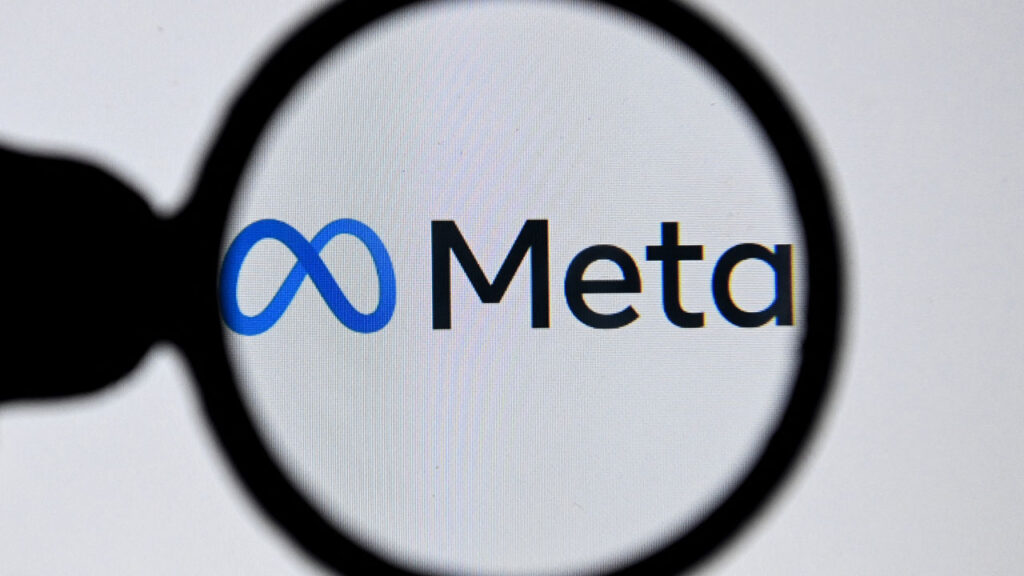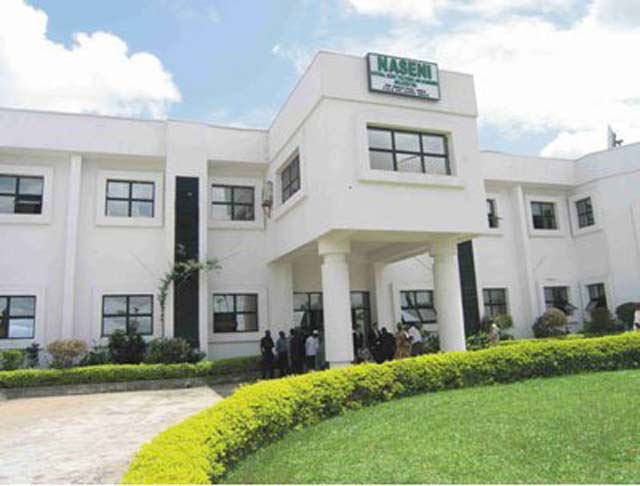
Telecoms body tasks countries on investments, growth
If the 2023 Information and Communications Development (ICT) Development Index (IDI) is anything to go by, much work, improved regulations and fresh investments would be required to advance technology development in Nigeria.
The IDI, which is measured by the International Telecommunications Union (ITU) across member nations, focused on some cardinal areas including individuals using the Internet; households with Internet access; mobile broadband subscribers per 100; 3G/4G LTE coverage; mobile broadband Internet traffic; fixed broadband Internet traffic; mobile broadband and voice high consumption basket; fixed broadband Internet basket prices and individuals owning a mobile phone.
While these indexes are 100 per cent based, ITU observed that the IDI results can be used to show the strong correlation between digital development and overall development.
Specifically, the IDI puts individuals using the Internet at 34 per cent in Nigeria; households with Internet, 36.4 per cent; mobile broadband subscribers, 24.4 per cent; 3G/4G LTE coverage, 71 per cent; mobile broadband Internet traffic, 26.8 per cent; fixed broadband and Internet traffic per subscribers, 41 per cent; mobile data and voice high-consumption basket price, 85.6 per cent; fixed broadband Internet basket price, 36.6 per cent while individuals with mobile phone are 79.3 per cent.
On these parameters, South Africa recorded 78.1 per cent, 81.5 per cent, 99.1 per cent, 98.7 per cent, 54.2 per cent and 87.4 per cent in that order. Other scores are 78.4 per cent and 85.5 per cent respectively.
According to ITU, the IDI provides a synthetic measure of what should be known about the state of connectivity around the world, stressing that the results of the IDI showed that most countries are embracing and investing in connectivity.
The telecoms body noted that the global average score is 72.8 out of 100, an indication that significant progress has already been made; but that there is a need to look beyond averages and realise that many countries remain at a very early stage of digital development: the lowest IDI 2023 score is 20 per cent.
The IDI showed that as of December 2023, U.S. had 100 per cent individuals Internet penetration, 97.4 per cent households using Internet, 75.5 per cent mobile broadband usage, 99.9 per cent 3G/4G LTE coverage, 72.5 per cent mobile broadband Internet traffic, 100 per cent mobile data and voice high- consumption basket price; 100 per cent fixed broadband Internet basket price and 100 per cent individuals with mobile phone.
For the United Kingdom, the IDI showed 99.8 per cent, 100 per cent, 75.5 per cent, 99.9 per cent, 72.5 per cent, 91.4 per cent, 100 per cent, 99.1 per cent and 99.8 per cent respectively.
On the average, Africa had 42.7 per cent as against the world’s 73.8 in terms of individuals using the Internet; 44.4 per cent households are using the Internet in Africa against the world’s 74.2 per cent.
In terms of active mobile broadband usage, while the world had 54.9 per cent, it was 34.7 per cent in Africa; while the globe boasts of 86.7 per cent 3G/4G LTE coverage, in Africa, penetration was 67.5 per cent. For mobile broadband Internet traffic per subscription (GB), Africa had 47.7 per cent against the globe’s 63.7 per cent. In terms of fixed broadband Internet traffic per subscription (GB), Africa had 62.3 per cent against the world’s 76.7 per cent.
While there were 84.2 per cent of the world’s individuals, who own a mobile phone, Nigeria, South Africa and other African countries had as of 2023, 64.7 per cent of her over one billion population having a mobile device.
In the forward of the 34-page document, signed by the Director, ITU Telecommunication Development Bureau, Cosmas Luckyson Zavazava, made available to The Guardian, it was noted that measurement is critical for achieving universal and meaningful connectivity.
Zavazava said data helps to understand “where we have been, where we are, and where we need to go. Data enables us to identify priorities, design effective interventions, monitor progress, and hold ourselves accountable. To this end, ITU has been collecting, disseminating, and analysing ICT data for decades.
“The results of the IDI 2023 reveal significant progress in embracing and investing in connectivity, with a global average score of 73 out of 100. However, it is crucial to look beyond group averages and recognize that many countries are still struggling. The IDI confirms the very close relationship between overall development and digital development and exposes the deep divides that persist between rich and poor countries,” he stated.
According to him, while the IDI provides a valuable snapshot of connectivity around the world, its development process has exposed the limitations of our current knowledge.
“There is a pressing need for countries to invest in their statistical capabilities and improve the availability of ICT indicators. To support countries in measuring connectivity, ITU will continue to provide guidelines, data collection tools, capacity and skills development activities, and technical assistance,” he stated.



